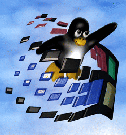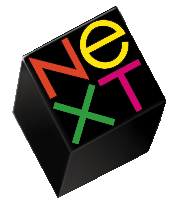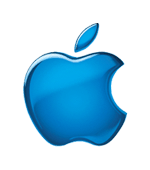 |
| (Click or use local copy.) |
Programming Languages
Spring 2005
Recitation 13
Postscript: Business Card
Week 13: Apr 18-22
Due (on time): 2005-04-25 23:59:59
Due (late): 2005-04-29 23:59:59
|
CS 3723/3721 Programming Languages Spring 2005 Recitation 13 Postscript: Business Card Week 13: Apr 18-22 Due (on time): 2005-04-25 23:59:59 Due (late): 2005-04-29 23:59:59 |
Recitation 13 must be submitted
following directions at: submissions with deadlines
|
A Business Card in Postscript: For this recitation, you are to write a program in Postscript that will print a "business card", either for you, or for some fictitious individual or company. Graphic art often uses a principle of "less is more", meaning that a simple design is often more effictive than a more complex one. Here are some examples of simple design:
 |
 |
 |
 |
However, this is not an art assignment, and you are not being graded on "good graphic design." Instead I want you to experiment with complicated Postscript code to help learn the language. Here are requirements for the recitation:
Here are some additional features that I would like to see you incorporate into your card:
Finally, try to make it look interesting. Be creative. The card doesn't have to have your real name. Don't just copy the book or one another or my card below.
Then in the next class meeting (or under my door) submit printouts of the two programs, along with a printout of the output when the program is sent to a postscript printer. For full credit this should be on or before the start of class on Wednesday, 27April 2005, the day before the Thanksgiving holiday.
The number of points credit you receive will depend on how interesting and complex your Postscript code is. Code that just copies code that you have been supplied will not get much credit compared with original code.
It is permissible to use code from other sources as part of your card, but you must cite this source in the code that you submit.